The Panasonic L-Mount cameras, the S1 and S1R
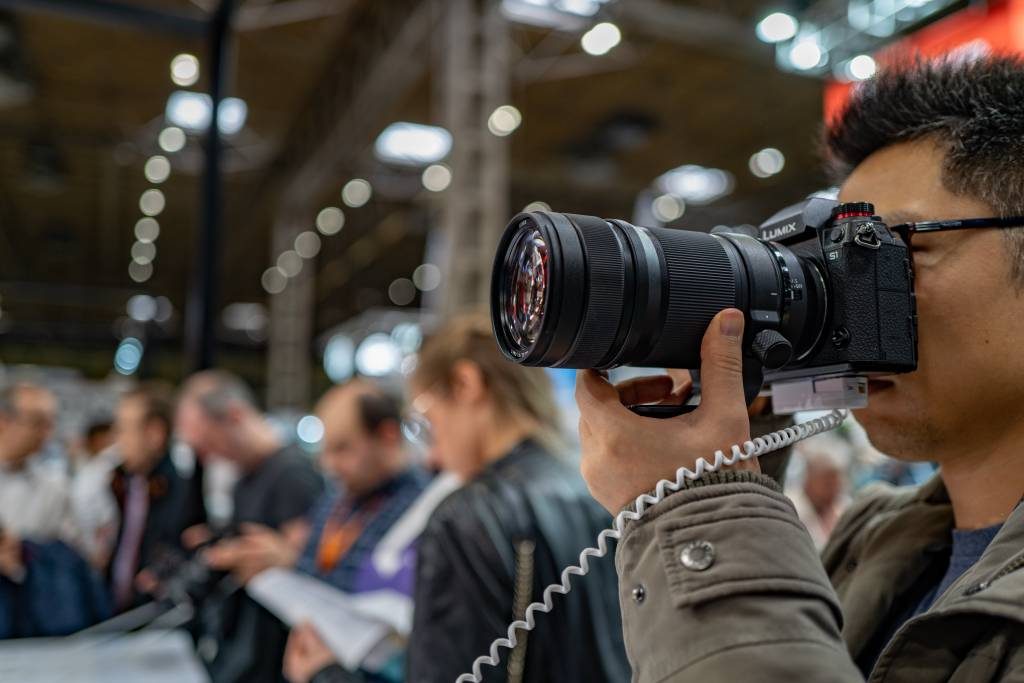
I had a good play with the cameras, although I didn’t bother taking test shots. I was mainly concerned with handling and feel. As an ex SL user, I felt immediately at home with the S1 with the S Pro 50mm f/1.4 “Approved by Leica” fast prime attached. It feels about the same as the SL with an equivalent lens — but the heft is just right.
Weight
When you check the specifications, the SL with the 50mm Summilux turns the scales at 1,912g compared with the S1R and 50 S Pro at 1,965. The SL body is actually 175g lighter than the Lumix, but the lens is 110g heavier. Could this indicate some optical advantage to Leica? See my further comments below.
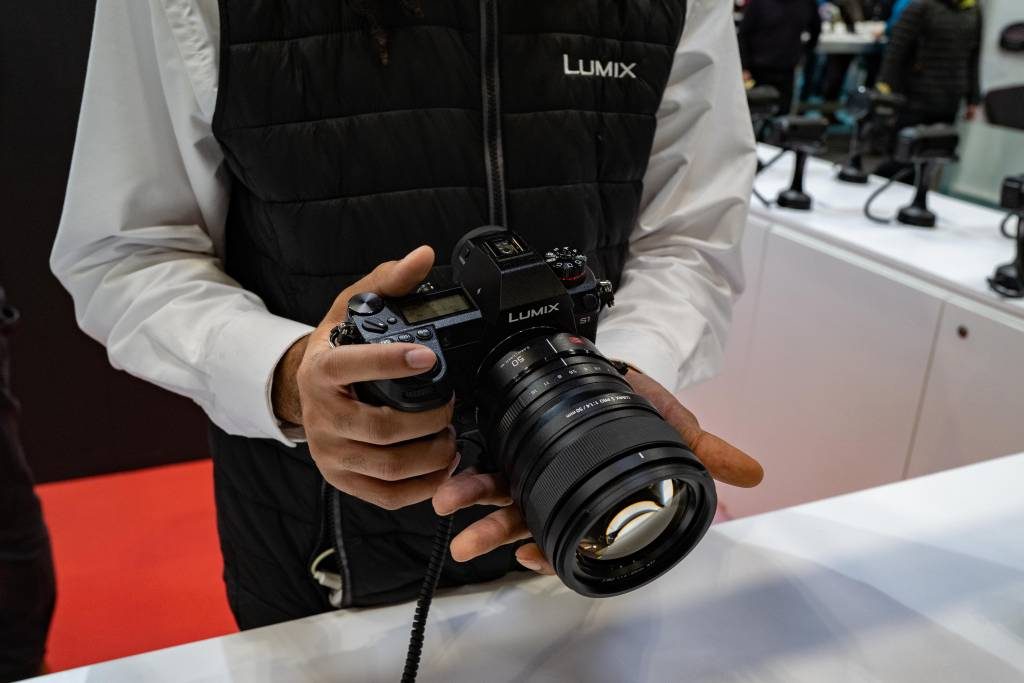
The grip of the S1/R feels slightly larger and more comfortable than that of the SL and, despite the flat front, reminiscent of the Leica, the rounded corners and contours of the S1 do give a more cuddly feeling. It’s a chunky beast, make no mistake, looking like an adult Lumix m4/3 body but with the bulk of a professional DSLR.
All three lenses appear to be extremely well built, especially the 50mm “Lumilux” which I spent the most time examining. It has exceptionally smooth aperture and
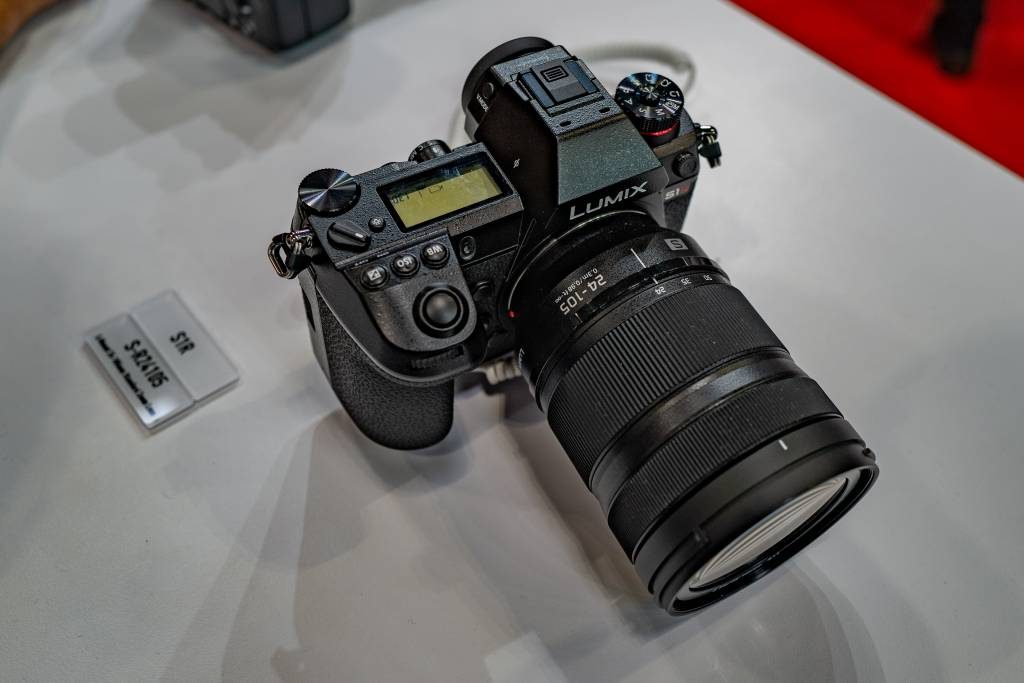
Comparisons
It will be interesting to see from forthcoming reviews how this lens compares with the Leica Summilux 50mm f/1.4 ASPH which costs a lot more — £3,876 compared with the Lumix at £2,300. I suspect this lens will acquit itself well and, without doubt, will be up for consideration by Leica users, as will the other lenses in the new Lumix S lineup.
There is a dilemma here for keen amateurs. Although they may lust after the S1/R and its excellent range of lenses, these cameras
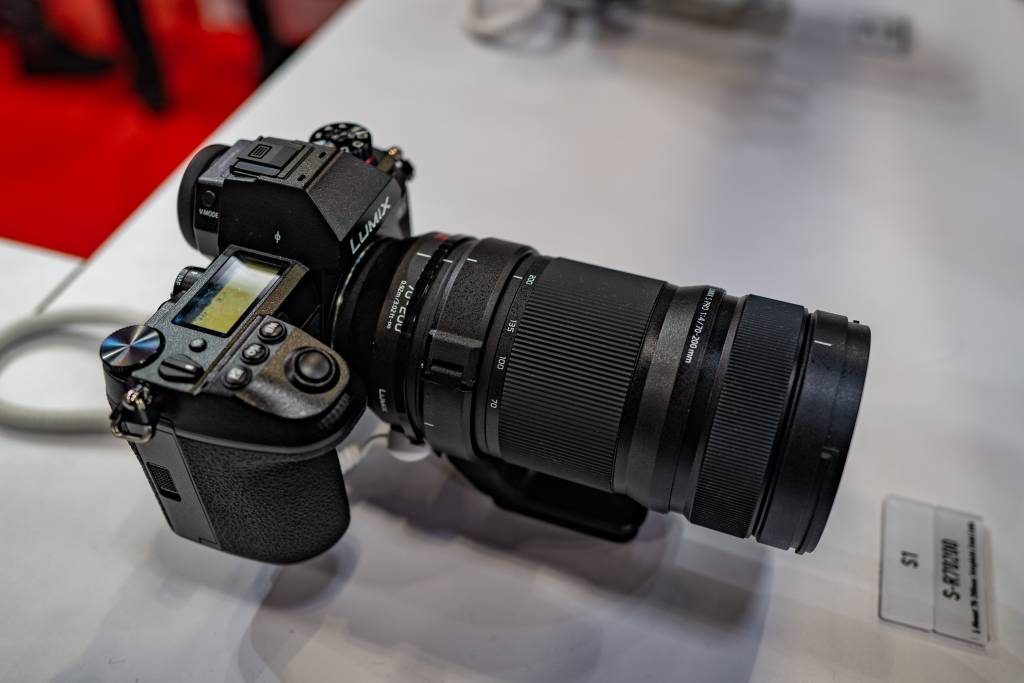
I believe there is still room for smaller full-frame alternatives, with the Sony a7 and Nikon Z6 offering a guiding light. I do hope that Panasonic (and Leica for that matter) are working on such a smaller design which would be ideal with compact manual lenses such as those in the M range.
New life
What is undeniable is that the L-Mount Alliance and Panasonic’s wholehearted support for the system has put new life into Leica’s SL (and TL/CL) ranges. With Sigma adding more goodies later this year, the system choice is set to become impressively wide.
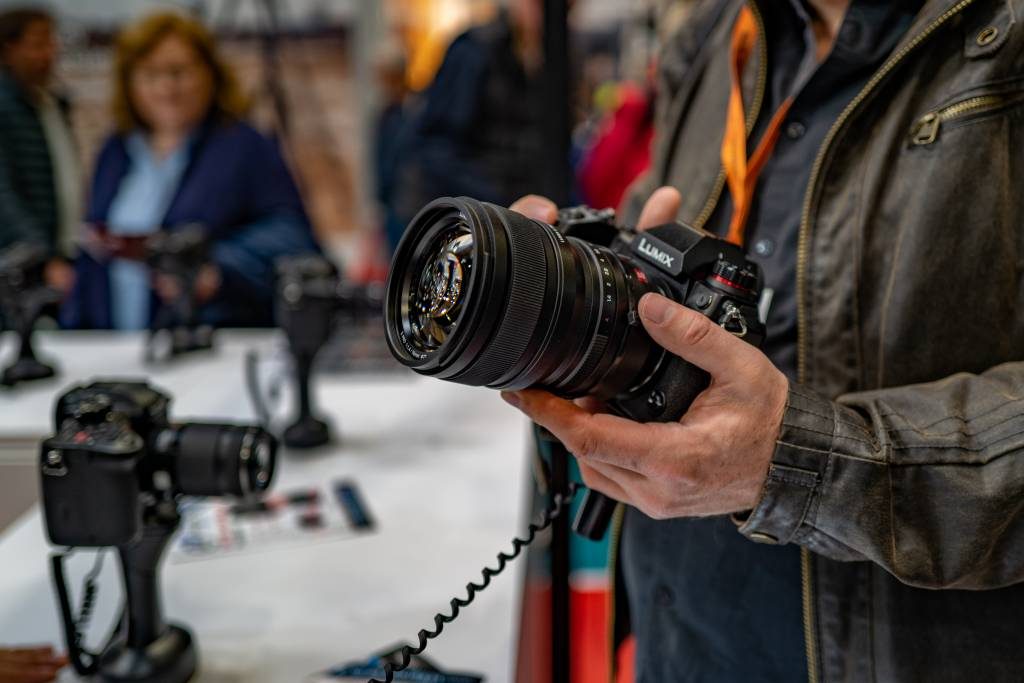
There is also Leica’s existing range of TL lenses to consider. Since they share the same mount as the Panasonic, I will be interested to see how these lenses perform on the large-sensor S1R and the forthcoming SL2 which, I predict, will carry the same sensor as the Panasonic.
While the cropped images from these lenses (when used on the current SL) is down to around 11 MP compared with the full-frame image of 24MP, the bigger sensor will offer greater opportunities. Despite the current crop image, the 23mm Summicron-TL and 35mm Summilux-TL do actually perform well on the SL. I did some test shots shortly after the launch of the SL.
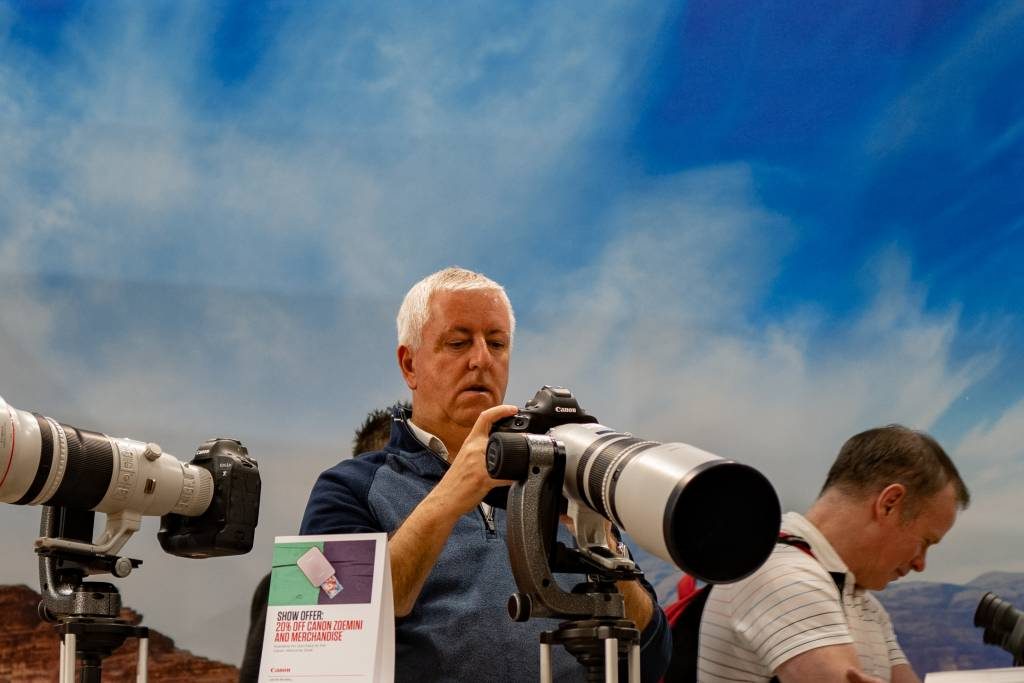
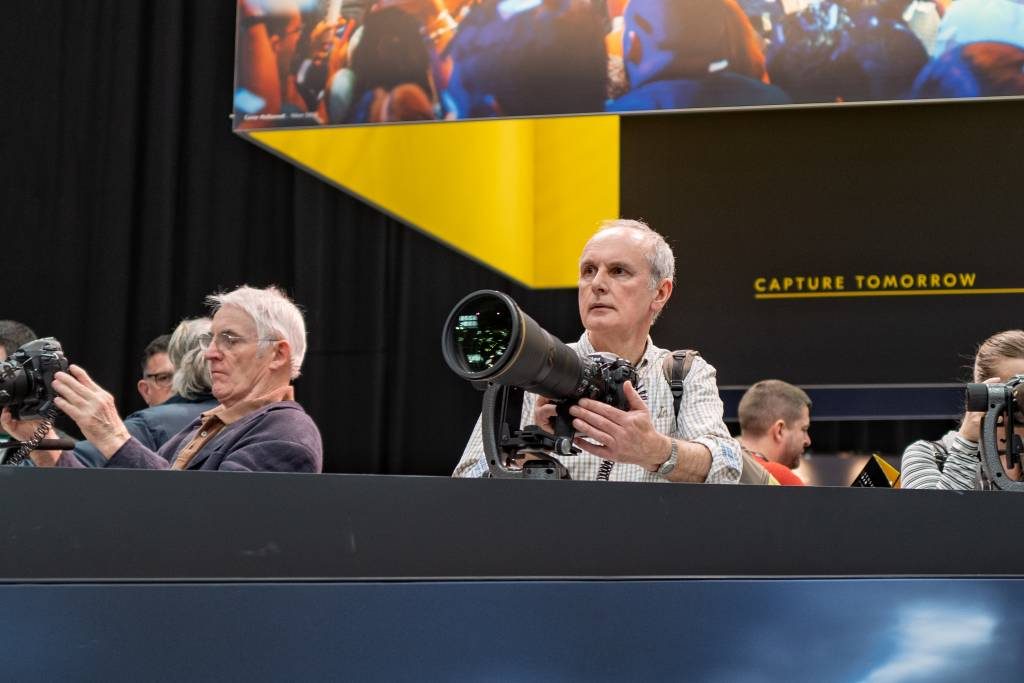
Compact
The TL lenses will perform even better on a 47MP sensor and will offer some very compact, high-performance optics for use with the
While the new Panasonics are probably too big to attract a photographer such as me (I had my dalliances with the SL and the combination of body and high-quality glass can be daunting), I can see very interesting times ahead. For anyone who doesn’t mind the weight and bulk, the rewards are clear to see.
The S1 retails at £2,199 and the S1R is £3,399, including 20% VAT. The current Leica SL, still with a 24MP sensor and therefore directly comparable with the S1, costs £4,495 —over twice the price. The SL2, when it arrives later this year, is sure to be priced over £6,000.
Lens Note
At launch, the Lumix S range consists of three lenses, but the road map shows that by 2020 there will be ten lenses to choose from — plus offerings from Sigma and, of course, Leica.
Prices of the initial lenses are attractive, especially compared with Leica. While the 23-105 Lumix S is slower than the f/2.8-f/4 Vario-Elmarit-SL 24-90mm, it offers a longer range and is £2,200 cheaper. I have no doubt that the Leica will turn out to be the better lens, it will be interesting to see if even Leica SL owners will be attracted by the savings.
- Lumix S 24-105mm f/4 Macro OIS, £1,299
- Lumix S PRO 50mm f/1.4, £2,299
- Lumix S PRO 70-200mm f/4 OIS, £1,749

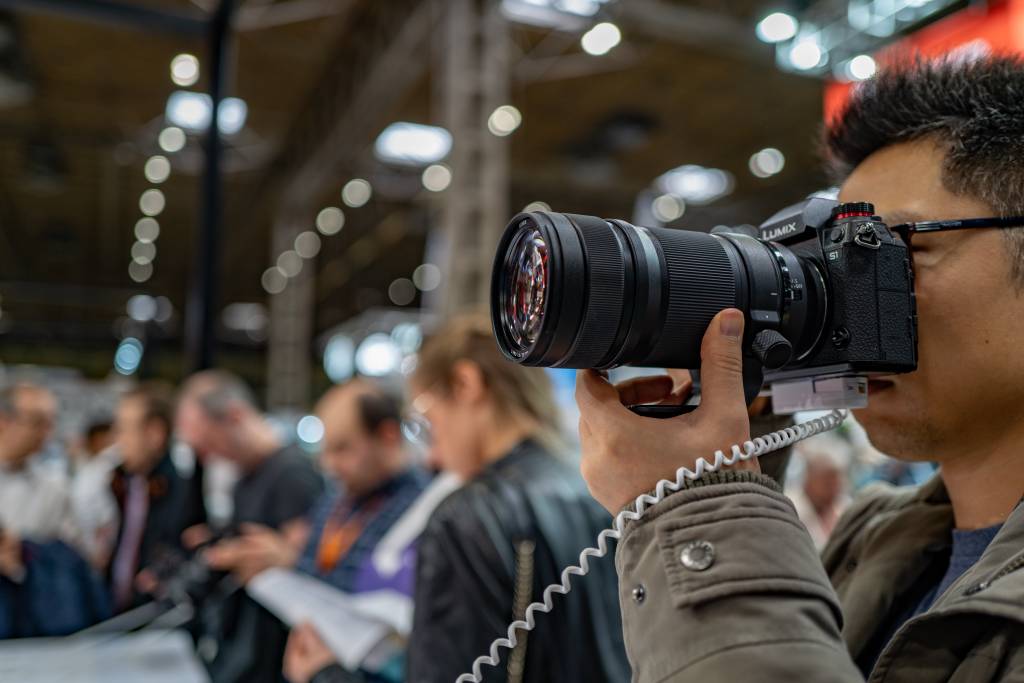
Sigma are also producing a camera I believe – maybe it will be a bit smaller.
With the Foveon sensor. I don’t think we’ve seen any details yet, but it will be an interesting addition to the L-Mount collection.
It does look a very handsome beast, but I am reading those weight figures and getting neck ache at the thought of it. I will stick to my Df for now, as it is significantly lighter. If I do buy another camera in the coming years it will most likely be an M, with a 35mm cron.
.
Huh? Why bother squinting through a manual-focus M viewfinder, when you have autofocus on your Df, Dave? ..And the longer the lens you put on an M, the less accurate, or easy, the focusing is.
W-w-why would you do it? (..Here’s some superglue: stick with the Df..!)
What a beast sizewise. However if they keep the menu simple I am quite tempted if you can mount M lenses with the M adapter and keep the communication between body and lenses. By the way I was wondering if anyone at macfilos has tried the M Mount 7 artisans lenses. I will be dreaming of a SR1 with a 50 noctilux attached to it in my sleep…
I haven’t tried the 7 Artisans lenses but a friend did buy one and seemed pleased. Since sold it, though. I don’t know which particular model. Voigtländer also offer some excellent fast VM lenses at bargain prices.
I think this is going to breathe all kinds of life and success into the Leica L-mount. It will be like M4/3 where one can pick and choose between the various supplier options. Once they expand to smaller camera body options, there will be attractive choices for all user types and m-mount usage will be more attractive. Leica is always much slower on glass expansion so this will certainly help camera sales. It certainly gives the consumer lots of choice.
I agree in this, Brian. I posed the question but I am sure that the outcome will be positive for Leica. Before the L-Mount Alliance was announced the future of the L lenses from Leica could have been problematic. If Leica had lost heart people would have been stuck with expensive glass paperweights. Now there is a future and I think it will increase Leica’s sales
At risk of repetition on my part, in fact at no risk at all, it is a fact, I am repeating myself, must be the kippers I had for breakfast.
There is room for a set of M lenses, with an L mount.
Much weight will be saved, much bulk will be saved, and many old togs will be amazed at what a decent EVF can do compared with a 1930’s OVF.
The Leica…. Reborn. Or the digital Leica as it should be.
But a modern OVF is quite nice. I prefer optics to electronics.
And doesn’t the M to L converter already do what you are suggesting.
http://en.leica-camera.com/Photography/Leica-SL/SL-Lenses/L-Adapters/M-Adapter-L
I have both Bryan, I love my M4, I also have an M to L converter and a number of carefully chosen M or LTM lenses. I have the CL too (old and new).
A camera with a digital sensor is “electronic”, there is no getting around that, so a mini OLED TV screen for the eye that doesn’t flare and works at night, and frames perfectly is quite an asset.
The reason for L versions of the M lenses, is simply size, they do not protrude as far as they do with a converter. I have recently bought the 40mm Summicron and the 28mm Rokkor, in fact they are both re-purchases, and in both cases it is about size. I still have to use the M to L converter on the CL which bulks it out, everything does.
The reason for the reacquisition the Rokkor is the CL’s crop factor, 28 gives me roughly 42 on the CL, which is just about right for me.
I was hoping that the Panny would be the solution to the problem that is inherent in the SL (I have fondled and played on many occasions) which is weight and awkward handling. Mike seems to suggest that handling is less awkward with the Panasonic, but the weight and size are still there, and this is because of auto focus, and it is that service which is determining that there is now, little advantage to mirrorless.
Of course the alternative to the above, would be what Mike says (below) won’t happen… An M(D)EVF, then there would be less use for the above mentioned range of L/M lenses.
And besides if I don’t have a particular issue with size on a given day, I can load up the Texas Leica with 120 and blaze away.
There has been a lot of talk about an M camera with EVF. But I think it is unlikely. The best M users can hope for is a mini SL or Maxi CL with L Mount and adapter. Sony already make such a camera and the Nikon Z6 is also a contender. But M lens owners would hope that a smaller Leica SL would be designed to handle most M lenses perfectly.